There is actually a lot to consider here. The divider plus Schottky diode is pretty good protection. But there are two more things to consider. First is power sequencing and second is current drain.
Sometimes the high voltage may be present when the processor containing the ADC is inactive. To protect against this, you really want some type of high-side switch so the voltage divider does not get energized unless the ADC is energized. Otherwise you may have accidental power up of the microprocessor via the voltage divider (this is a bad thing).
Also, if the high voltage is coming from a battery, and you are trying to conserve power, you may want to be able to turn off the voltage divider to avoid consuming battery power.

simulate this circuit – Schematic created using CircuitLab
In this circuit, whenever VCC_ADC is high, the voltage divider will be energized. If, for any reason, VCC_ADC should go low, then M2 will turn off, and M1 will turn off, and the divider current will be zero.
If you want to control the divider with an IO pin, simply connect the gate of M2 to a microprocessor IO instead of directly to VCC_ADC. Then code will have to drive the IO pin high prior to sampling the divider voltage. BAT54 is a Schottky, but I didn't see a Schottky symbol in the library.

